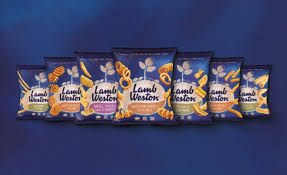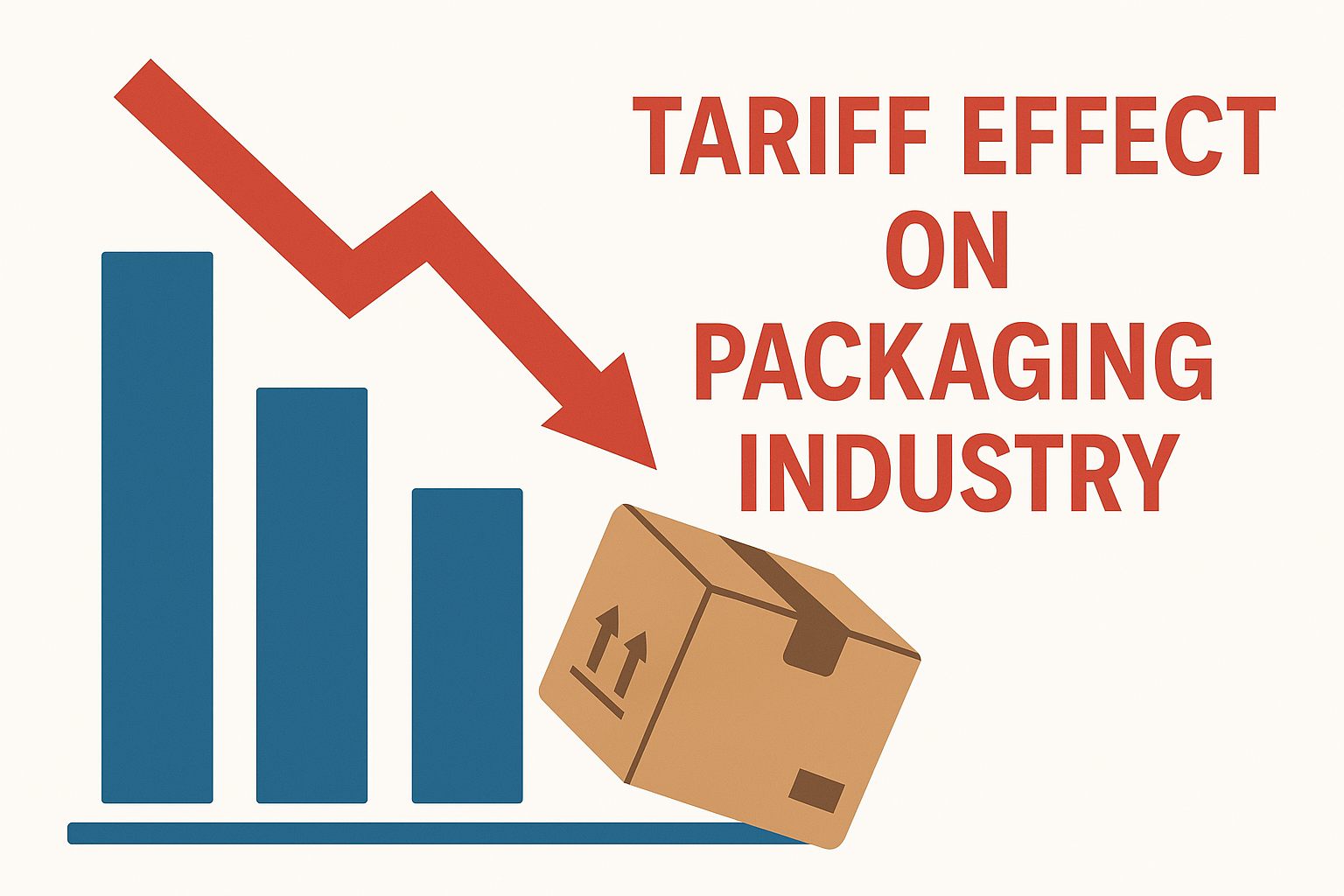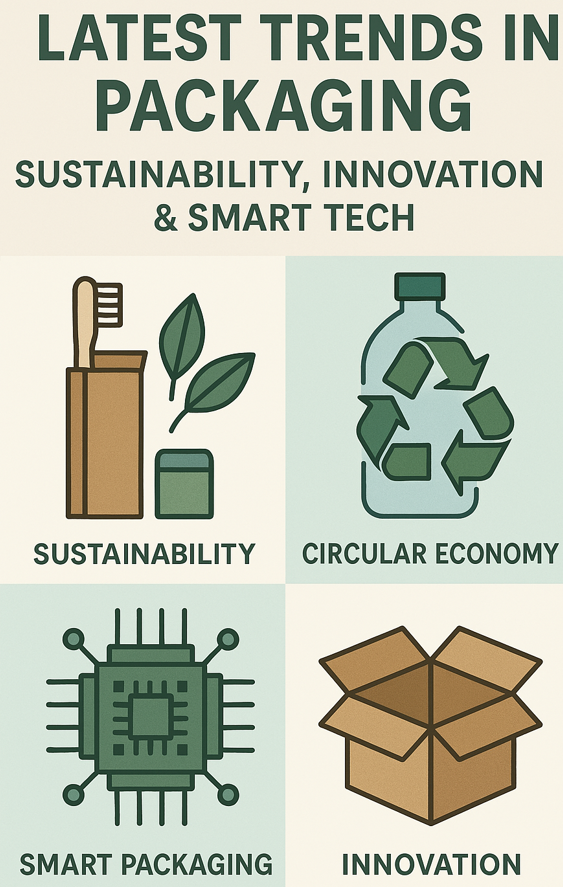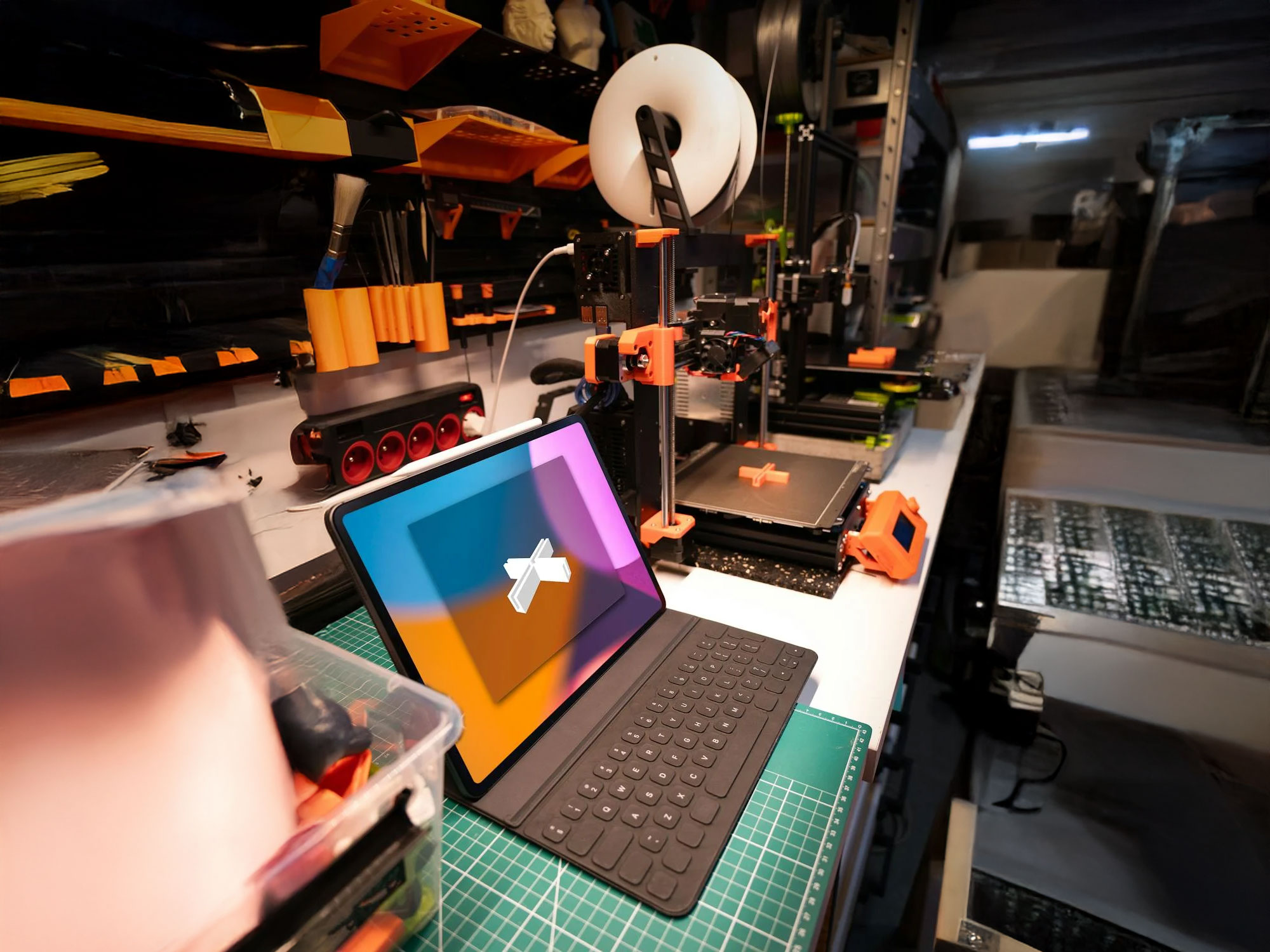
Lamb Weston has partnered with SABIC, a global chemical industry leader, and Oerlemans Plastics (a member of OPACKGROUP) to launch a sustainable, bio-based packaging solution for frozen potato products. This innovative packaging contains at least 60% bio-renewable polymers derived from used cooking oil (UCO), significantly reducing its carbon footprint by approximately 30%.
The new packaging is developed through a closed-loop process, beginning with the collection of UCO from Lamb Weston’s production. The UCO is converted into bio-feedstock and used to produce SABIC’s certified bio-renewable high-density polyethylene (HDPE) and metallocene linear low-density polyethylene (mLLDPE) polymers. These materials are then processed by Oerlemans Plastics into a multilayer polyethylene (PE) film.
A multilayer PE film refers to a type of packaging material made from multiple layers of polyethylene. Each layer serves a specific purpose, such as providing strength, flexibility, and barrier properties that help protect food products from external factors like moisture and oxygen. In this case, the multilayer film structure allows Lamb Weston’s packaging to be durable, lightweight, and optimized for food safety, as it meets both European and U.S. regulatory standards.
This packaging is certified under the International Sustainability & Carbon Certification (ISCC) PLUS system, which tracks and traces the renewable content in the materials. It offers a circular approach to packaging by ensuring that materials can be reused and recycled more effectively.
Khaled Al-Jalawi, Global Director of Circular Economy Business at SABIC, commented on the innovation: “This project showcases circularity by transforming UCO into polymers designed for recyclability through a closed-loop process.”
Launched in September 2024 in the UK and the Netherlands, the new packaging aligns with Lamb Weston’s long-term sustainability goals. The company aims to reduce its overall product carbon footprint by 25% and transition to more circular production methods by 2030.







